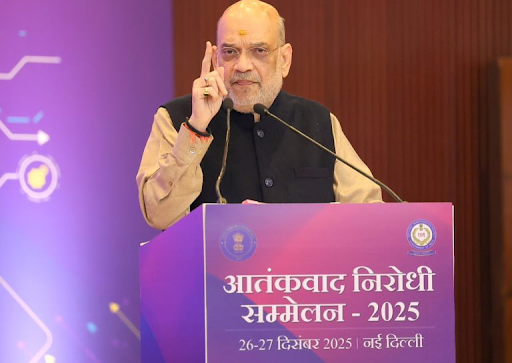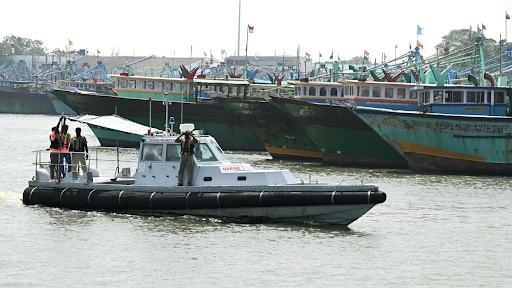




Source: INDIANEXPRESS
Disclaimer: Copyright infringement not intended.
Left-Wing Extremism or Naxalism has remained a major internal security threat in India for decades especially in the Red Corridor states.
In April 2025 the Indian government launched Mission Sankalp a massive anti-Naxal operation in the Karregutta hills on the Chhattisgarh–Telangana border aiming to dismantle the last major bastion of CPI (Maoist) in Bastar.
This operation is seen as a decisive step toward fulfilling the government’s goal of eliminating LWE by March 2026.
|
Parameter |
Details |
|
Forces Involved |
Approx. 24,000 security personnel including CRPF, DRG, and state police |
|
Main Objective |
Dismantle PLGA Battalion 1; neutralize top Maoist leadership |
|
Strategic Goal |
End Maoist dominance in Bastar and further weaken the LWE ecosystem |
|
Feature |
Strategic Significance |
|
Difficult Terrain |
Steep slopes, rocky hills, and caves offer natural defenses to Maoist fighters |
|
Interstate Border Zone |
Security vacuum due to jurisdictional complexities between Telangana and Chhattisgarh |
|
Water Sources |
Freshwater springs provide sustainable resources for Maoist hideouts |
|
No Civilian Settlements |
Minimizes collateral damage and allows for aggressive operations |
|
Historic Hideout |
Long-time sanctuary for Maoist Central Committee and military units |
|
Challenge |
Explanation |
|
Difficult Terrain |
Makes troop movement and logistics extremely difficult |
|
Extreme Heat |
Summer heat causes dehydration and fatigue among personnel |
|
IED Threats |
Maoists have planted IEDs across hills, rivers and approach routes |
|
Entrenched Defenses |
Maoists occupy top ridges and caves allowing strategic ambush positioning |
|
Psychological Warfare |
Maoist propaganda and booby traps create constant stress |
Significance
Disruption of PLGA Battalion 1 the deadliest Maoist unit responsible for high-profile attacks like 2010 Tadmetla massacre (76 CRPF jawans killed).
Weakens the military backbone of Maoists in South Bastar.
Psychological victory in reclaiming territory long under Maoist control.
Operational Significance
Unique opportunity due to the absence of civilians.
Demonstrates enhanced coordination among central and state forces.
Political Significance
Aligns with Union Government’s target of eliminating LWE by March 2026.
Shows increased state capacity in deep-forest counter-insurgency.
Socio-Economic Implications
Once cleared opens the region to development, infrastructure and governance.
Aids in restoring rights of tribal communities to access and use their traditional lands.
|
Stakeholder |
Stance |
|
Chhattisgarh Govt |
Strong support; calls for action against those questioning the operation |
|
Telangana Govt |
Sees Naxalism as a social issue, not just law and order |
|
Opposition |
Urged Centre to halt the operation and initiate dialogue |
|
Tribal Rights Groups |
Urged President for ceasefire and peace talks |
Sources:
|
PRACTICE QUESTION Q. Mission Sankalp marks a decisive shift in India’s counter-insurgency strategy against Left-Wing Extremism. Critically examine the significance, challenges, and long-term implications of such large-scale operations in the Red Corridor. 250 Words |





© 2026 iasgyan. All right reserved